How To Install Webcam?
Installing a webcam can seem like a daunting task, especially for those who are not particularly tech-savvy. However, with the right guidance, it can be a straightforward process. This article will walk you through the steps to install a webcam on your computer, covering both external and built-in webcams, and addressing common issues that may arise during the installation process.
Understanding Your Webcam Type
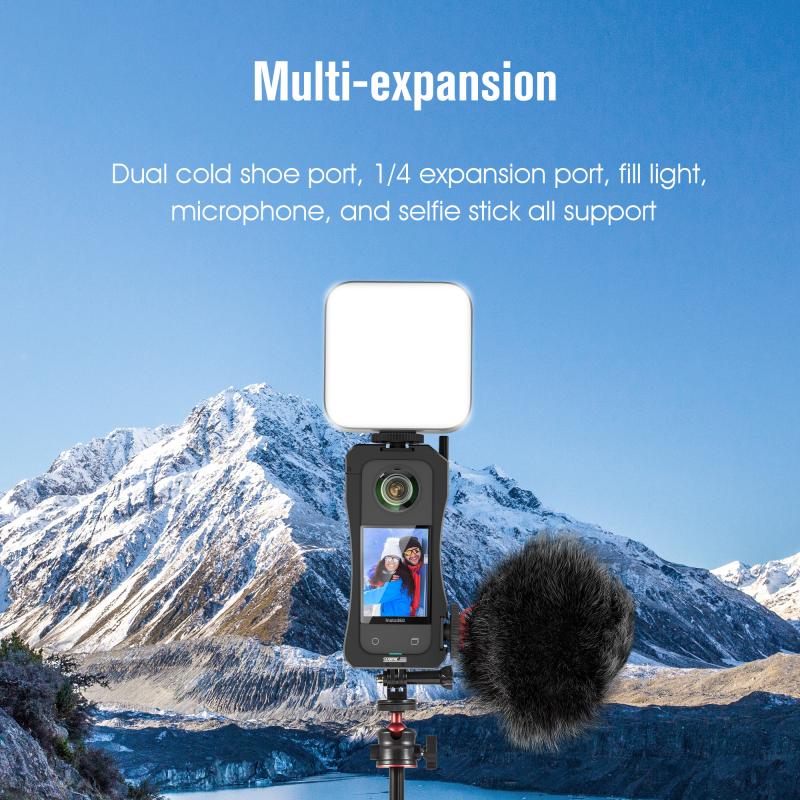
Before diving into the installation process, it’s important to identify the type of webcam you have. Webcams generally fall into two categories:
1. Built-in Webcams: These are integrated into laptops and some desktop monitors. They are usually located at the top center of the screen.
2. External Webcams: These are standalone devices that connect to your computer via USB or other ports. They are often used to enhance video quality or add webcam functionality to desktop computers that lack built-in cameras.
Installing a Built-in Webcam
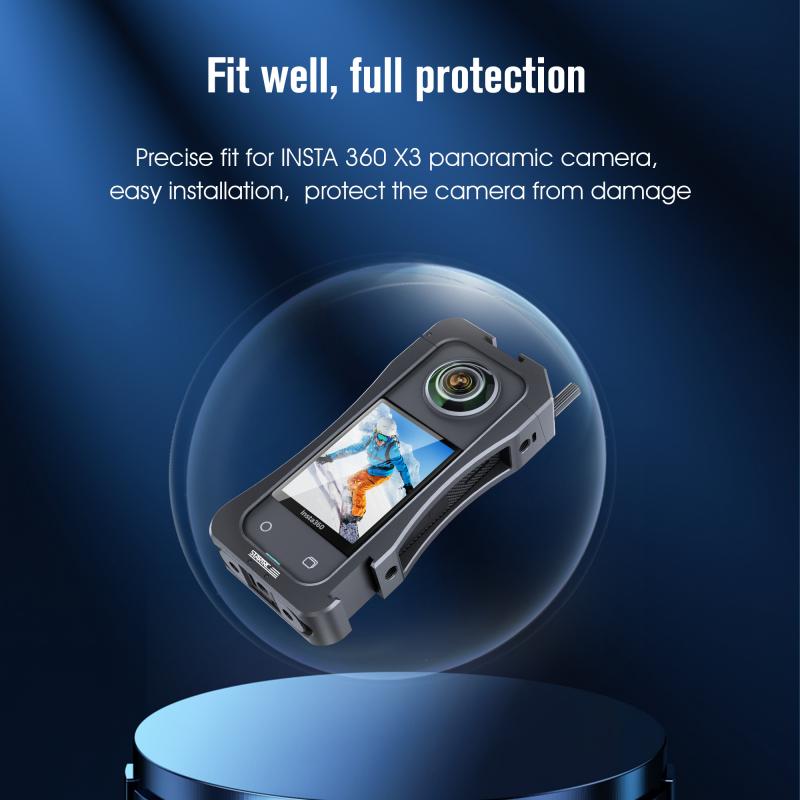
For most laptops and some desktop monitors, the webcam is built-in. Here’s how to ensure it’s properly set up:
1. Check for Drivers: Most built-in webcams come with pre-installed drivers. However, if your webcam isn’t working, you may need to update or reinstall the drivers. To do this:
- Open the Device Manager by right-clicking the Start button and selecting "Device Manager."
- Look for "Imaging Devices" or "Cameras" and find your webcam in the list.
- Right-click the webcam and select "Update driver." Follow the prompts to search for and install any available updates.
2. Enable the Webcam: Sometimes, the webcam might be disabled in the device settings.
- In the Device Manager, right-click your webcam and select "Enable device" if it’s disabled.
3. Test the Webcam: Use a built-in application like the Windows Camera app or a third-party application like Skype or Zoom to test if the webcam is working.
Installing an External Webcam

External webcams are more versatile and often provide better quality than built-in ones. Here’s how to install an external webcam:
1. Unbox and Position the Webcam: Remove the webcam from its packaging and place it on top of your monitor or in a suitable location. Most webcams come with a clip or stand for easy positioning.
2. Connect the Webcam: Plug the webcam into an available USB port on your computer. Some webcams may require a USB 3.0 port for optimal performance, so check the specifications.
3. Install Drivers: Many external webcams are plug-and-play, meaning they don’t require additional software. However, for advanced features, you might need to install drivers or software from the manufacturer’s website.
- Visit the manufacturer’s website and search for your webcam model.
- Download and install the necessary drivers or software.
4. Configure the Webcam: Once the drivers are installed, you may need to configure the webcam settings.
- Open the software that came with the webcam or use a third-party application.
- Adjust settings like resolution, frame rate, and focus to suit your needs.
5. Test the Webcam: Use an application like the Windows Camera app, Skype, or Zoom to test the webcam. Ensure the video feed is clear and the microphone (if included) is working.
Troubleshooting Common Issues
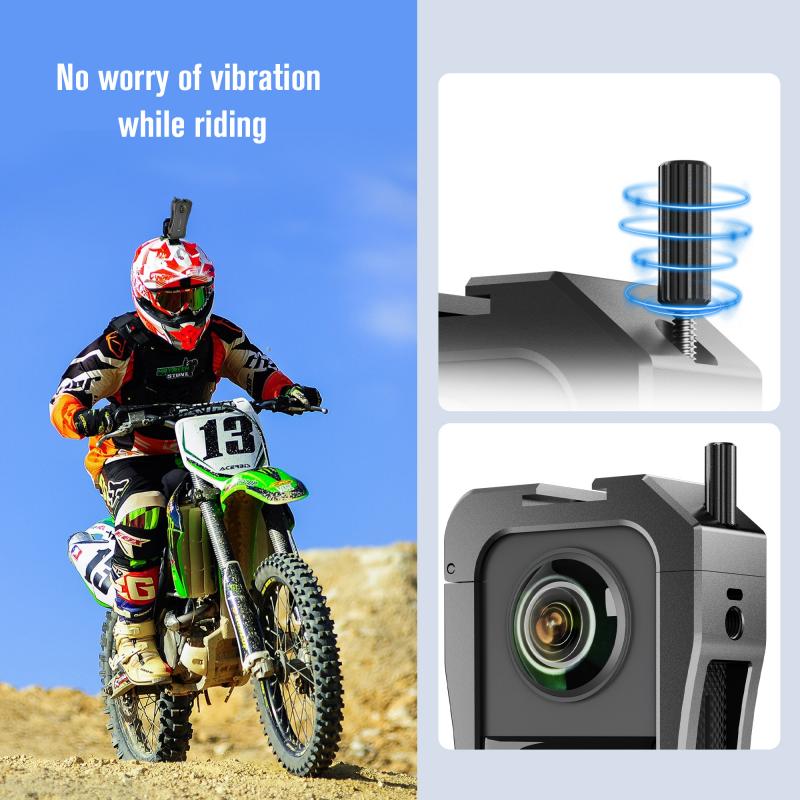
Even with the best preparation, you might encounter some issues during the installation process. Here are some common problems and their solutions:
1. Webcam Not Detected:
- Ensure the webcam is properly connected to the USB port.
- Try a different USB port or cable.
- Restart your computer and check the Device Manager to see if the webcam appears.
2. Poor Video Quality:
- Adjust the webcam settings for better resolution and frame rate.
- Ensure the lens is clean and free of obstructions.
- Improve lighting conditions in your environment.
3. Microphone Not Working:
- Check the audio settings in your operating system and ensure the correct microphone is selected.
- Update the audio drivers if necessary.
- Test the microphone with different applications to rule out software issues.
4. Software Conflicts:
- Close any other applications that might be using the webcam.
- Ensure your operating system and all related software are up to date.
Advanced Tips for Optimizing Webcam Performance
For those looking to get the most out of their webcam, here are some advanced tips:
1. Use a Tripod: For better stability and positioning, consider using a tripod instead of the built-in clip or stand.
2. External Microphone: If your webcam’s microphone isn’t up to par, use an external microphone for better audio quality.
3. Lighting: Invest in proper lighting, such as a ring light, to improve video quality. Good lighting can make a significant difference in how you appear on camera.
4. Background: Use a clean, uncluttered background or a virtual background to maintain a professional appearance during video calls.
5. Software Enhancements: Some webcams come with software that offers additional features like background blurring, face tracking, and filters. Explore these options to enhance your video experience.
Installing a webcam, whether built-in or external, is a manageable task with the right guidance. By following the steps outlined in this article, you can ensure your webcam is properly installed and optimized for the best performance. Remember to keep your drivers updated, maintain good lighting, and use the appropriate software to get the most out of your webcam. With these tips, you’ll be ready for any video call, streaming session, or virtual meeting with confidence.

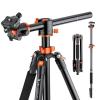


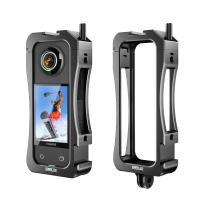
![4K digital camera for photography and video [autofocus and stabilisation] 48 MP video blog camera with SD card, 3 4K digital camera for photography and video [autofocus and stabilisation] 48 MP video blog camera with SD card, 3](https://img.kentfaith.com/cache/catalog/products/us/GW41.0065/GW41.0065-1-200x200.jpg)
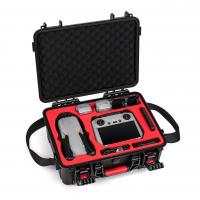


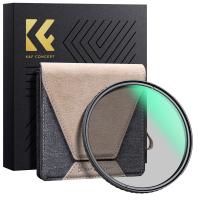




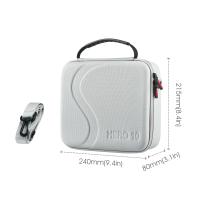
There are no comments for this blog.